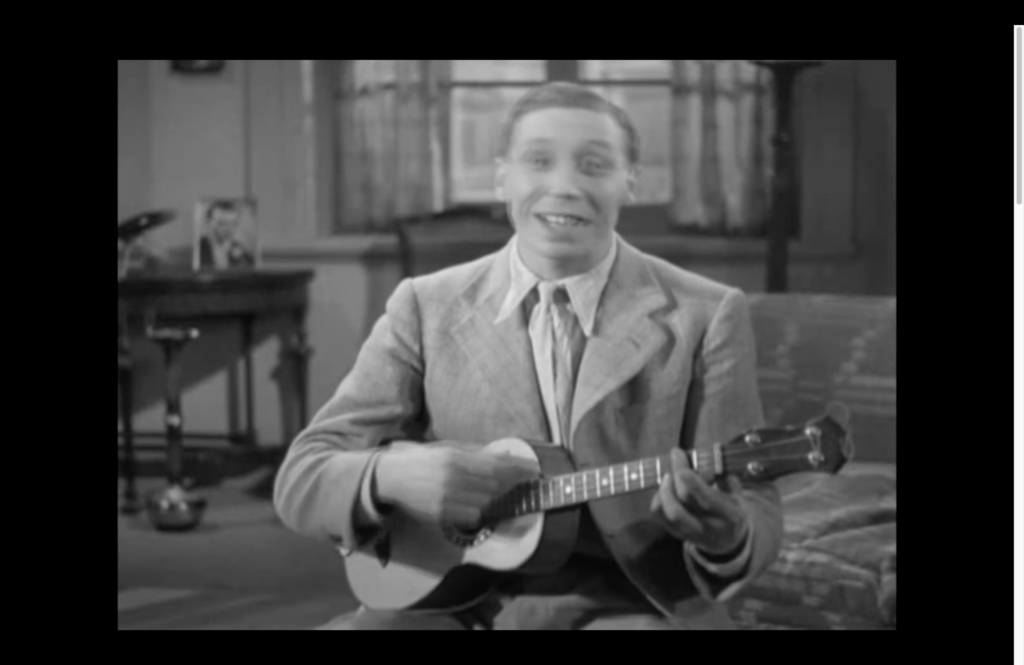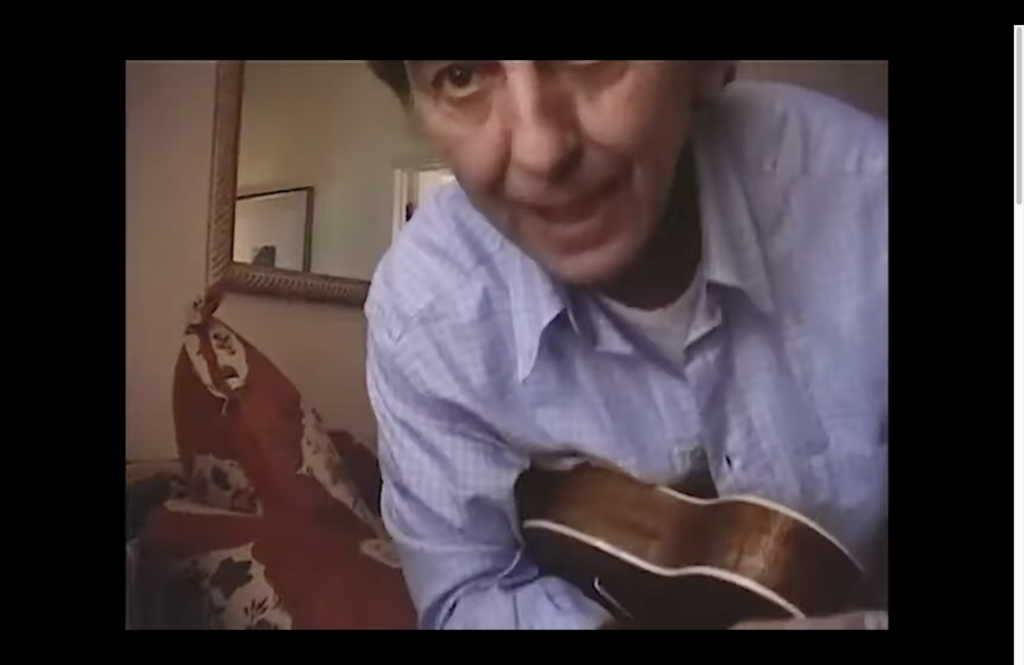(Still recovering from a mild concussion…slowly emerging from brain fog….)
Twenty years ago, sociologist Mark Chaves demonstrated that one of the things that congregations are really good at is exposing people to the arts, especially music (Congregations in America, Harvard Univ. Press, 2004). In the course of studying everything that congregations are really good at, Chaves came to a rather surprising conclusion:
“If we ask what congregations mainly do, the answer is, in the first place, gather people for worship and religious education. But another answer is that, in their pursuit of worship and religious education, congregations generate as a by-product more artistic activity than either social services or political activity. Although many may wish it were otherwise, congregations facilitate art… more commonly and more intensively than they pursue either charity or justice.” [p. 201; emphasis mine]
I believe this remains true today. In fact, in my limited experience I’d say participating in music-making (as opposed to consuming music, or as opposed to other art forms) is what really hooks people in the UU congregations I’ve been part of. If you want to grow your congregation, and you have the choice between asking staff to spend more time on public acts of social justice, or asking staff to spend more time on nurturing the choir — go with nurturing the choir, every time.
Recently, though, I had a conversation with a UU who pointed out that many people feel intimidated by choir participation. This comment came from someone who is a fairly skilled amateur musician; they were not talking about themselves, they were making what I feel is an astute observation. And it tallies with my own observations. I remember leading some songs with a group of UU children a dozen years ago, and realizing that several of the children had never sung in a group before — we are a society that either consumes music, or performs music, but rarely makes music together.
With that in mind, when I happened across the abstract to Anne Ku’s thesis for her M.A. in Music, I was grabbed by these two sentences:
“The amateur ukulele club scene is a kind of musical revival of participative music making, reminiscent of the sixties folk music and eighties rock band, with the ukulele as a self-accompanying instrument for singers and non-singers alike. The explosive growth of ukulele clubs and sales raises the question: how does the combination of a simple song sheet with no music symbol or notation and a small, lightweight four-stringed acoustic instrument provide sufficient material for group music making by performers who are not trained to read music or at all in music?….”
Ku documents how ‘ukulele clubs are evolving new ways of making music together, while drawing from a widely-known repertoire of popular music, and using online learning tools such as Youtube videos and lyrics websites.
So then of course I started searching for UU ukulele groups. I found them in: Ithaca, N.Y.; Eugene, Ore.; Salt Lake City; Dubuque, Iowa; Boca Raton, Fla.; Newark, Del.; and Raleigh, N.C.. No doubt there are others out there, but I was too lazy to continue my web search.
I’m not saying that your UU congregation should start a ‘ukulele group. But if we want to reverse the decline of Unitarian Universalism, I suspect we should all start thinking more about expanding the kinds of participative music making we nurture.



